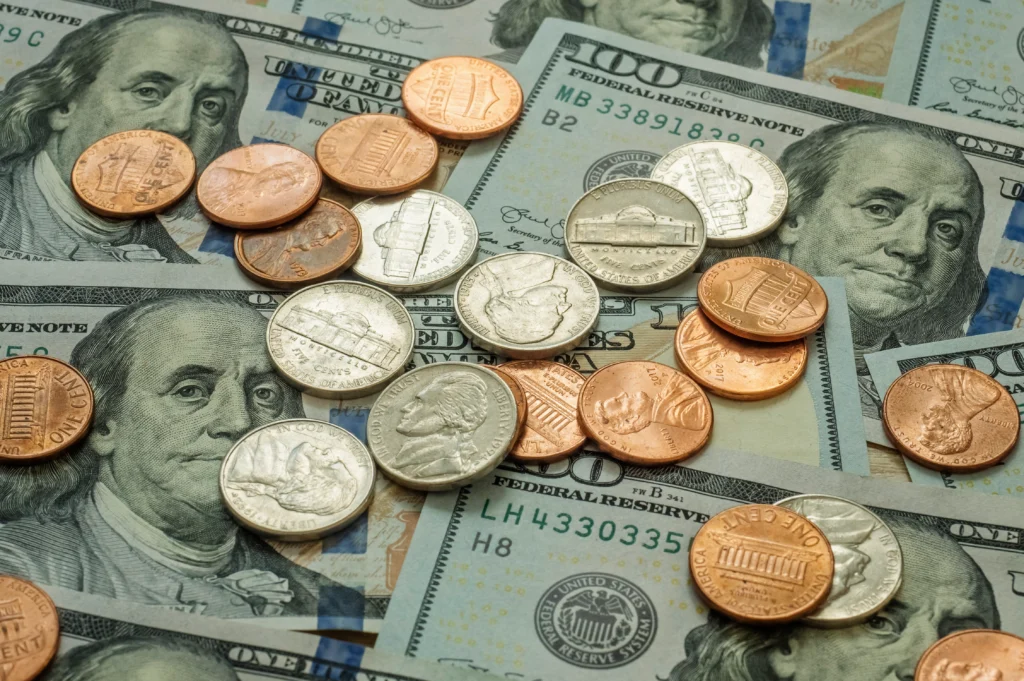The evolution of payment systems has been a pivotal part of human history, reflecting our advancements in commerce and technology. From primitive barter systems to the latest digital payment methods, this journey illustrates our endless pursuit of transactional efficiency and security. This blog post will explore this evolution, highlighting the significant transformations that have shaped the modern financial landscape.
Barter system: the roots of trade and exchange
The barter system, humanity’s earliest form of trade, involved the direct exchange of goods and services without any standard medium of value. This rudimentary system, although straightforward, had glaring limitations such as the need for a mutual desire for what the other party offered, leading to the search for more efficient transaction methods.
Emergence of currency: coins to paper money
The advent of coinage, first seen in ancient Lydia, and later the introduction of paper currency, revolutionized trade practices. These forms of money provided a uniform measure of value, simplifying transactions significantly. Governed by the authority of rulers and states, these currencies laid the foundation for more stable and widespread trade systems.

Banking innovations: checks and ledger balances
The rise of banking institutions brought about new payment innovations. The development of checks allowed for the safe and efficient transfer of large sums of money, reducing the need to physically carry cash. Ledger balances maintained by banks further facilitated this evolution, enabling individuals to manage their finances more effectively and securely.
Electronic advancements: the rise of cards and online transactions
The 20th century marked a monumental shift with the introduction of electronic payment systems. Credit and debit cards revolutionized how we access and spend our money, offering an unprecedented level of convenience. The advent of the internet catalyzed the growth of online banking and payment platforms, reshaping the retail and service industries.
Digital payment era: e-wallets and mobile payments
In the digital age, payment systems have become more sophisticated, with the emergence of e-wallets and mobile payment applications. These platforms leverage cutting-edge technologies like near-field communication (NFC) and biometric verification, streamlining transactions and enhancing security.
Future trends: seamless integration and ongoing innovation
Looking ahead, the payment systems landscape is poised for further integration and innovation. The focus will increasingly be on enhancing security features, reducing transaction times, and elevating user convenience across the globe.
The story of payment systems, from the primitive barter system to today’s digital solutions, is a testament to human ingenuity and adaptability. As we continue to navigate the digital payment landscape, we stand at the forefront of a new era of financial transactions, marked by continual innovation and transformation.








